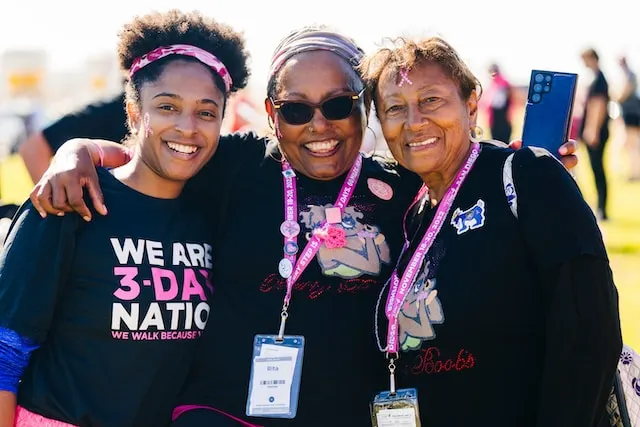
Globally, October is known as Breast Cancer Awareness Month–the pink month.
People raise a pink ribbon or wear pink to create awareness of breast cancer and educate people on the signs and symptoms, including prevention and routine screening for early disease detection.
It is also a time to support those with breast cancer and celebrate those who have survived it.
Some activities conducted during Pink Month include social media campaigns, outreaches, health talks, walks and races. Fundraising events are organized to raise funds for research on breast cancer and to develop new therapies and treatments, thereby improving health outcomes and reducing mortality.
How Did It Start?
National Breast Cancer Awareness Month started in 1985 as a week-long event organized by the American Cancer Society (ACS) and the pharmaceutical division of Imperial Chemical Industries, which would later become part of AstraZeneca.
In 1974, Betty Ford (wife of former US President Gerald Ford) provided further publicity after undergoing a mastectomy to treat breast cancer.
She later became a spokesperson for the American Cancer Society. She advocated for early detection and screening, an important part of Breast Cancer Awareness Month. At first, Breast Cancer Awareness Month was created to encourage women to get regular mammograms; now, it has expanded to cover funding, research and treatment.
Also, It has been discovered that the different campaigns in the pink month have increased publicity for breast cancer awareness, compared to other cancers with specific awareness months.
“Approximately 0.5–1% of breast cancers occur in men.”
What Is Breast Cancer?
Breast cancer is a disease in which breast cells grow out of control. It can spread through blood and lymph vessels to other body parts (metastases) if not detected early.
Stages of Breast Cancer
The stages of cancer are determined according to the size of the tumour and whether it has spread to lymph nodes or other parts of the body.
There are five stages of cancer, ranging from stage 0 to stage 4. The earlier the stage, the less cancer has spread, and the later the stage, the more cancer has spread.
Stage 0: The cancerous cells are only within the ducts and have not spread to surrounding tissues. This is also called ductal carcinoma in situ.
Stage 1: At this stage, the tumour measures up to 2 cm across. It has not affected any lymph nodes, or there are small groups of cancer cells in lymph nodes.
Stage 2: The tumour is 2 cm across and has started to spread to nearby nodes, or it is 2–5 cm across and has not spread to the lymph nodes.
Stage 3: The tumour is up to 5 cm across and has spread to several lymph nodes, or the tumour is larger than 5 cm and has spread to a few lymph nodes.
Stage 4: The cancer has spread to distant organs, most often the bones, liver, brain, or lungs.
Risk Factors
- Female gender (strongest risk factor).
- Family history of breast cancer (No known family history does not necessarily mean that a woman is also at reduced risk).
- Increasing age.
- History of radiation exposure.
- Postmenopausal hormone therapy.
- Obesity.
- Reproductive history (age at first menstruation and age at first pregnancy).
- Inherited high penetrance gene mutations such as BRCA1, BRCA2 and PALB-2.
- According to the World Health Organization, approximately half of breast cancers still develop in women who have no identifiable breast cancer risk factor apart from gender (female) and age (over 40 years).
Signs & Symptoms
- Breast lump or thickening (often without pain).
- Change in size, shape or appearance of the breast.
- Dimpling, redness, pitting or other changes in the breast skin.
- Change in nipple appearance or the areola (skin surrounding the nipple).
- Abnormal or bloody fluid from the nipple.
With time, the spread of cancer cells to other organs ( brain, liver, bones) can trigger other cancer-related symptoms such as headaches and bone pains.
Diagnosis
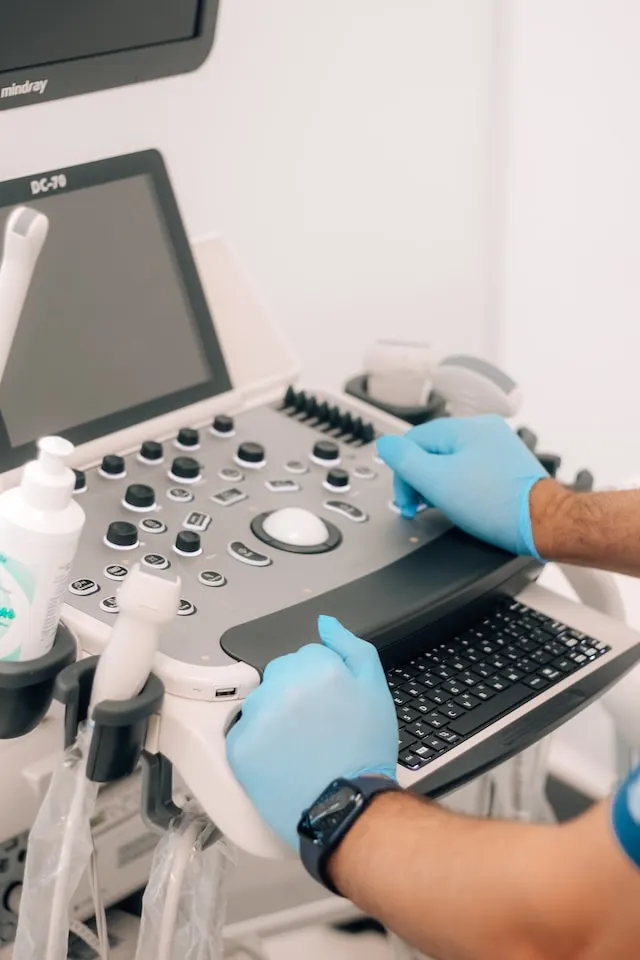
Different tests and procedures are conducted to diagnose breast cancer, including:
- Breast examination: to check the breasts for lumps and other possible indications of cancer.
- Imaging tests are done to detect breast cancer. They include mammography, MRI, and Ultrasound.
- Biopsy: This involves extracting a sample of tissue and sending it for analysis at the laboratory. The results show whether the cells are cancerous and the type of cancer cells.
Treatment
The treatment of breast cancer depends on the subtype and the stage. Treatments are also combined to prevent recurrence, and they include:
- Surgery: This may be to remove just the cancerous tissue (lumpectomy) or the whole breast (mastectomy). Surgery is also done to assess the cancer’s ability to spread by removing lymph nodes.
- Radiation therapy: Treats residual microscopic cancers left behind in the breast tissue and/or lymph nodes. It reduces the recurrence of cancer on the chest wall.
- Medications: include hormonal therapies, chemotherapy or targeted biological therapies to treat cancer and prevent its spread. Medicines are selected based on the biological properties of cancer as determined by special tests (tumour marker determination)
Preventive Measures
These are the following ways to reduce the risk of developing breast cancer:
- Reduce alcohol consumption.
- Keep a healthy diet (with fresh fruits and vegetables).
- Regular exercise.
- Maintain a healthy weight.
- Speak to your doctor if you are taking hormone replacement therapy to know if it is safe for you.
- Breastfeeding (for over one year) is said to reduce the risk of developing breast cancer. This may be due to the drop in estrogen exposure after pregnancy and breastfeeding.
- Preventive surgery is an option for those with a high risk of breast cancer.
Facts About Breast Cancer
- Breast cancer occurs in every country in the world.
- It is the world’s most prevalent cancer.
- Breast cancer caused 685,000 deaths globally in 2020.
- Breast cancer mortality is about 40% higher among Black women than white women.
- Roughly half of all breast cancers occur in women with no specific risk factors other than sex and age.
- Approximately 0.5–1% of breast cancers occur in men.
- Most breast lumps are not cancerous.
- Breast lumps that are cancerous are more likely to be successfully treated when they are small and have not spread to nearby lymph nodes.
- Treatments for breast cancer are more effective and are better tolerated when started early and taken to completion.
How To Get Involved In Breast Cancer Awareness Month
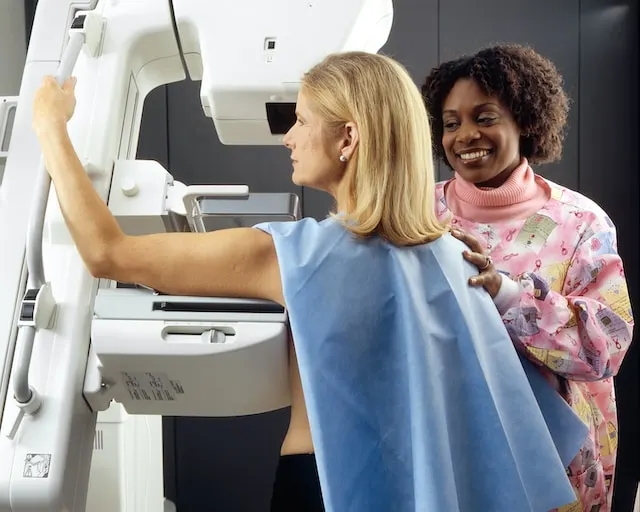
- Carry out regular self-exams and report changes to your healthcare provider.
- Go for regular clinical breast examination if you are over 40 years old.
- Donate to support breast cancer and advocacy.
- Wear pink clothes, ribbons or accessories to show your support and create awareness.
- Share information related to breast cancer awareness on your social media platforms.
- Participate in charity events supporting breast cancer awareness.
More Research & Resources
National Breast Cancer Foundation | Free Educational Guides
Centers For Disease Control & Prevention | Resources To Share
References
Felman, A. (2023, May 24). What to know about breast cancer. https://www.medicalnewstoday.com/articles/37136#risk-factors
Fiorillo, S. (2023). Breast Cancer Awareness Month: The History and Impact. Oncology Nurse Advisor. https://www.oncologynurseadvisor.com/home/cancer-types/breast-cancer/breast-cancer-awareness-month/
What is Breast Cancer Awareness Month? | Lifespan. (n.d.). Lifespan. https://www.lifespan.org/lifespan-living/breast-cancer-awareness-month-when-why#:~:text=Breast%20Cancer%20Awareness%20Month%20runs,the%20country%20throughout%20the%20month
World Health Organization: WHO & World Health Organization: WHO. (2023). Breast cancer. www.who.int. https://www.who.int/news-room/fact-sheets/detail/breast-cancer


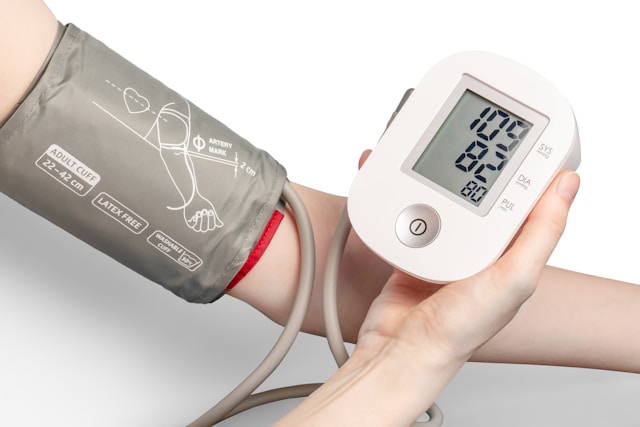
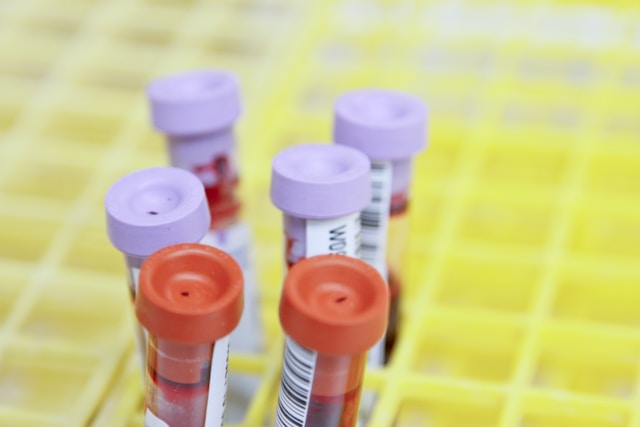


Drop Your Comment